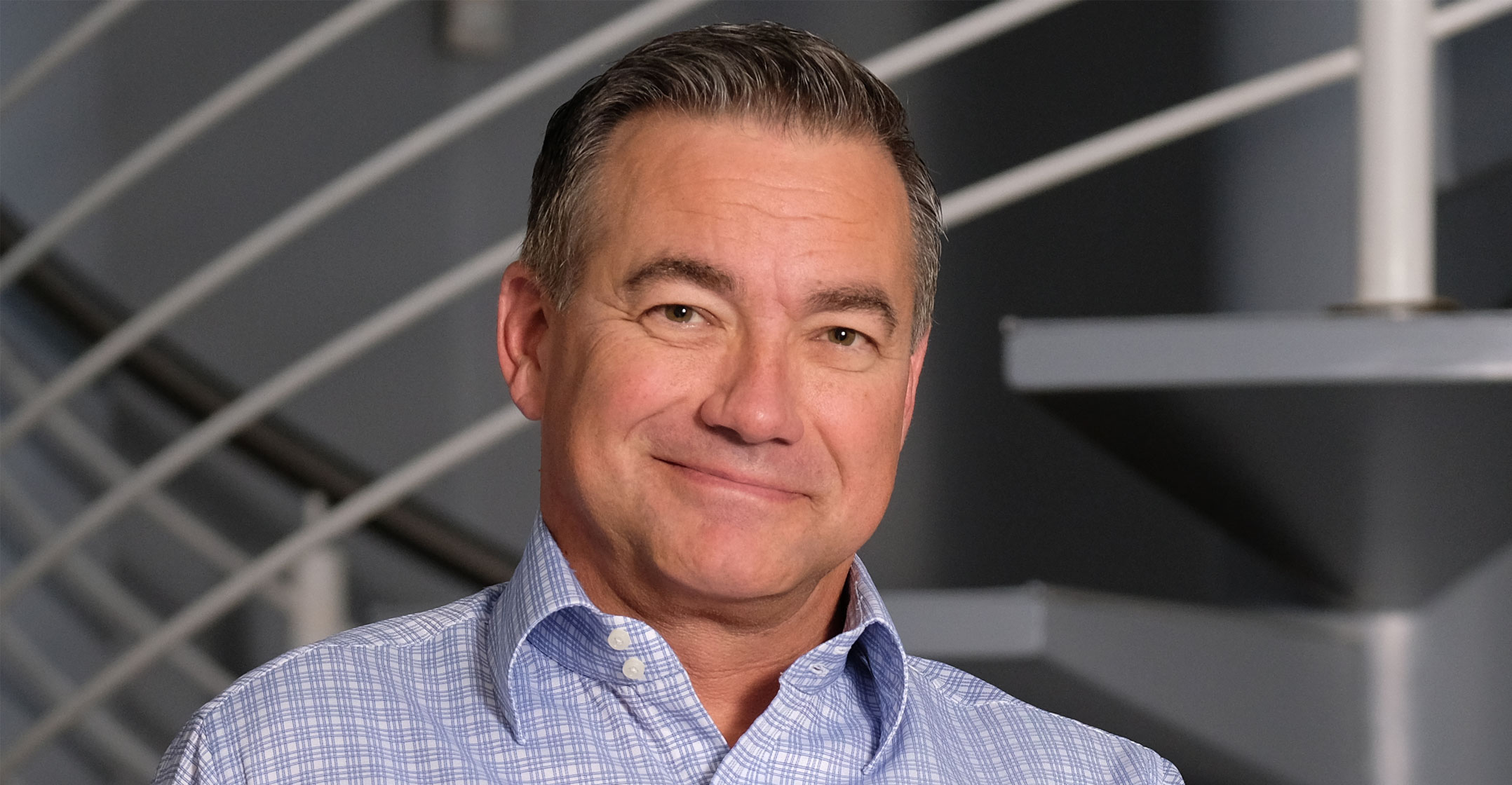
Seacom CEO Byron Clatterbuck said on Wednesday that the company, which built the first subsea broadband cable along Africa’s east coast 10 years ago, is interested in acquiring capacity in Google’s new, high-capacity Equiano cable along the west coast to Europe.
It is also paying close attention to plans by Facebook — which are not yet as fully developed as Google’s — to build a subsea system called Simba that may encircle Africa in undersea fibre. Facebook is said to be planning to build Simba in two stages — Simba West and Simba East — and is in talks with telecommunications carriers to invest in the project, according to reports.
Google said last month that it had contracted Alcatel Submarine Networks to build a new submarine cable to connect Cape Town in South Africa with Lisbon in Portugal in the first phase of a planned roll-out. Equiano is expected to be ready for service by 2021 and will be the first subsea cable to “incorporate optical switching at the fibre-pair level” rather than traditional wavelength-level switching.
Equiano may use as many as 12 fibre pairs (large for a subsea cable), coupled with the latest optical networking technology, to deliver a design capacity of as much as 120Tbit/s — far in excess of anything that has been built around Africa to date.
Google said in June that the Equiano system will have 20 times the capacity of the most recent cable laid long the route, which is already served by the Sat-3, Wacs and Ace systems.
Facebook, meanwhile, is said to be advancing plans to work with partners to build the Simba cable system, which will run down both the west and east coasts of Africa. The east coast also already has a few cable systems, including Seacom and Eassy, though Facebook’s system, if it’s built, is expected to deliver capacity that is orders of magnitude greater. Facebook isn’t yet commenting publicly on its plans.
Seacom expands
Clatterbuck said the Seacom cable continues to expand its throughput. Today, it has “lit” 1.5Tbit/s of capacity, but the company expects to double that by the end of 2019.
He said Seacom hasn’t signed an agreement with Google yet, but is engaged in discussions with the company about the possibility of acquiring capacity on the Equiano cable. The company already has access to cables such as Wacs on the west coast and Eassy and Teams on the east coast, providing redundancy if the Seacom system is interrupted, which has happened in the past due to ships’ anchors severing the cable.
Clatterbuck said the Google and Facebook plans should be welcomed, especially as the systems are likely to be offered on an open-access basis. “Their intention is to drive capacity into these markets to make sure everyone is connected. It’s the next billion users — that’s what they want.” — © 2019 NewsCentral Media

